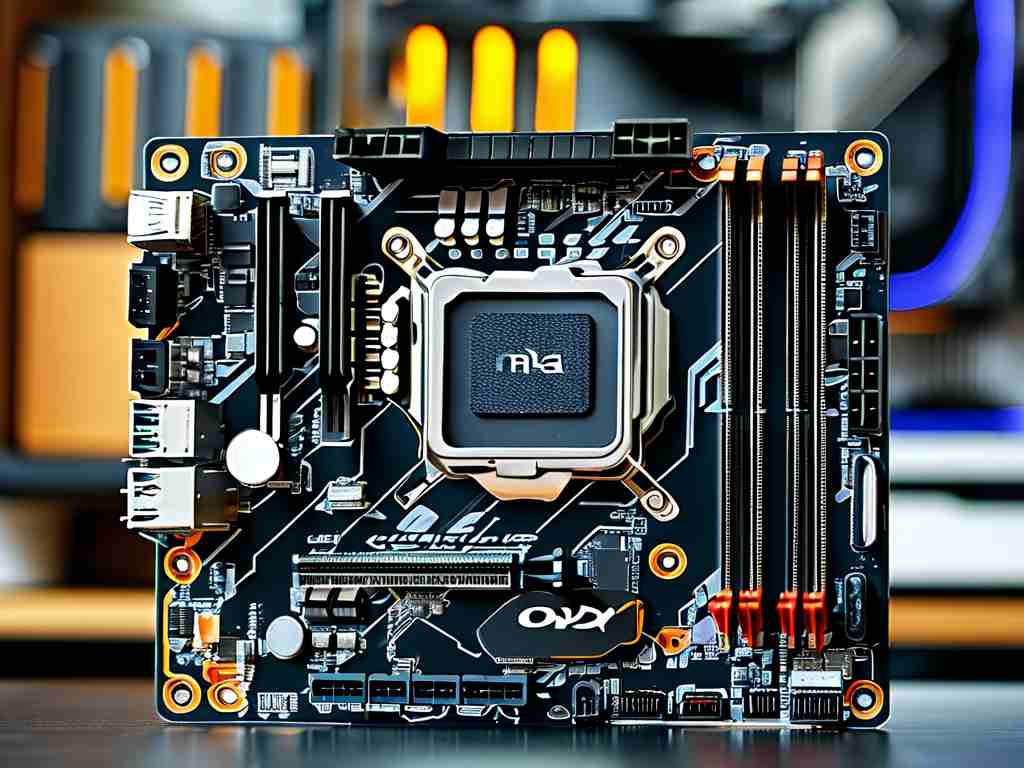Maintaining stable memory performance requires precise voltage management, particularly when overclocking or troubleshooting hardware configurations. This article explores methodologies for calculating safe and efficient memory voltage intervals while addressing technical considerations for system reliability.

Understanding Memory Voltage Fundamentals
Modern DDR4 and DDR5 modules operate within manufacturer-defined voltage ranges, typically 1.2V-1.4V for standard configurations. These specifications ensure compatibility with motherboards and processors while minimizing heat generation. Engineers determine baseline values through iterative testing of signal integrity and error correction thresholds, balancing energy efficiency with data transfer consistency.
Calculation Methodology
Three primary factors influence voltage range determination:
- Memory chip architecture (e.g., Samsung B-die vs. Hynix CJR)
- Ambient temperature conditions
- Target clock speed requirements
The fundamental calculation formula appears as:
Base Voltage + (ΔClock/1000) × 0.006 = Adjusted Voltage Where ΔClock represents the desired frequency increase in MHz. This empirical relationship helps users estimate safe overvolting parameters while maintaining thermal headroom.
Practical Implementation Steps
System builders should follow this workflow for voltage optimization:
- Confirm module specifications using utilities like Thaiphoon Burner
- Establish baseline stability through MemTest86
- Gradually increase voltage in 0.01V increments
- Monitor thermals using HWInfo or Open Hardware Monitor
Real-World Case Analysis
A 2023 study comparing 3200MHz and 3600MHz DDR4 kits demonstrated that achieving stable 4000MHz operation required 1.45V (+8.3% from stock) with active cooling, while passive systems maxed out at 1.38V. These findings underscore the critical relationship between voltage scaling and thermal management solutions.
Risk Mitigation Strategies
Exceeding 1.5V on consumer-grade DDR4 modules significantly increases electromigration risks, potentially reducing chip lifespan by 40-60%. Protective measures include:
- Implementing voltage tripwires in BIOS settings
- Configuring emergency shutdown protocols at 85°C
- Utilizing conformal coating for moisture resistance
Industry Trends and Innovations
Recent advancements in voltage regulation include:
- AI-powered dynamic adjustment algorithms
- Phase-change material cooling integration
- Three-dimensional stacked memory voltage domain partitioning
These developments enable finer control over power delivery while improving energy efficiency ratios by up to 22% compared to traditional static voltage configurations.
Accurate memory voltage calculation remains essential for optimizing system performance without compromising hardware integrity. By combining theoretical calculations with empirical testing methodologies, users can establish stable operating parameters tailored to specific workload requirements. Future developments in adaptive voltage control promise to automate this process while enhancing safety margins for next-generation memory architectures.


